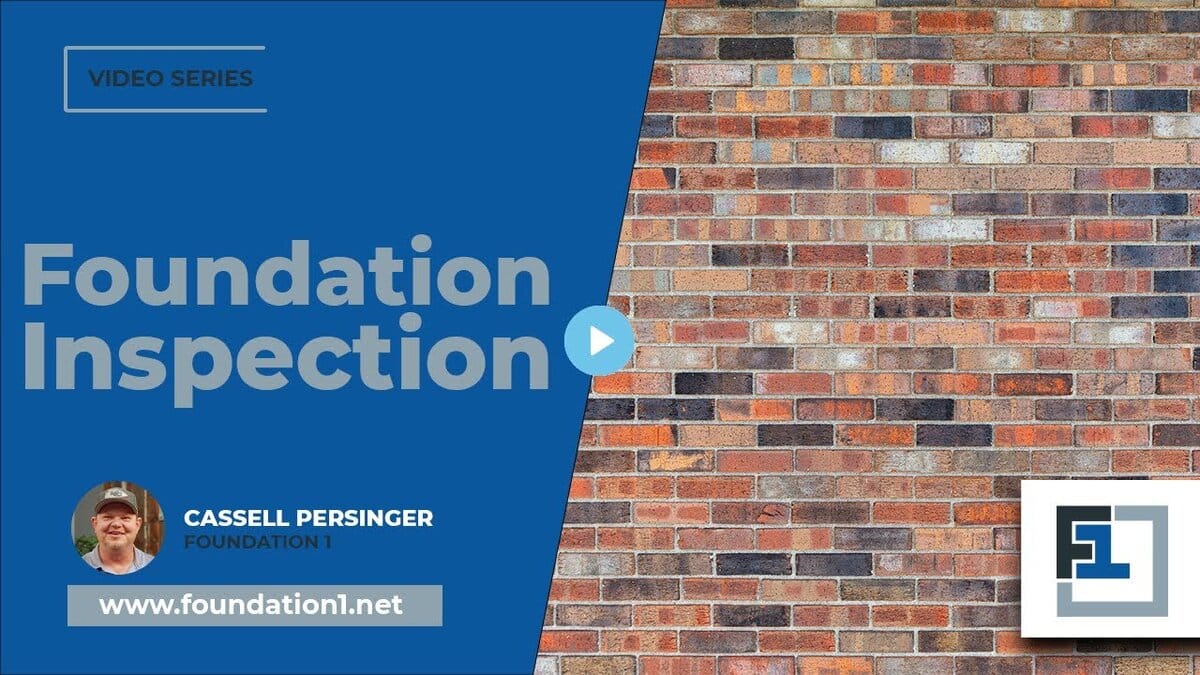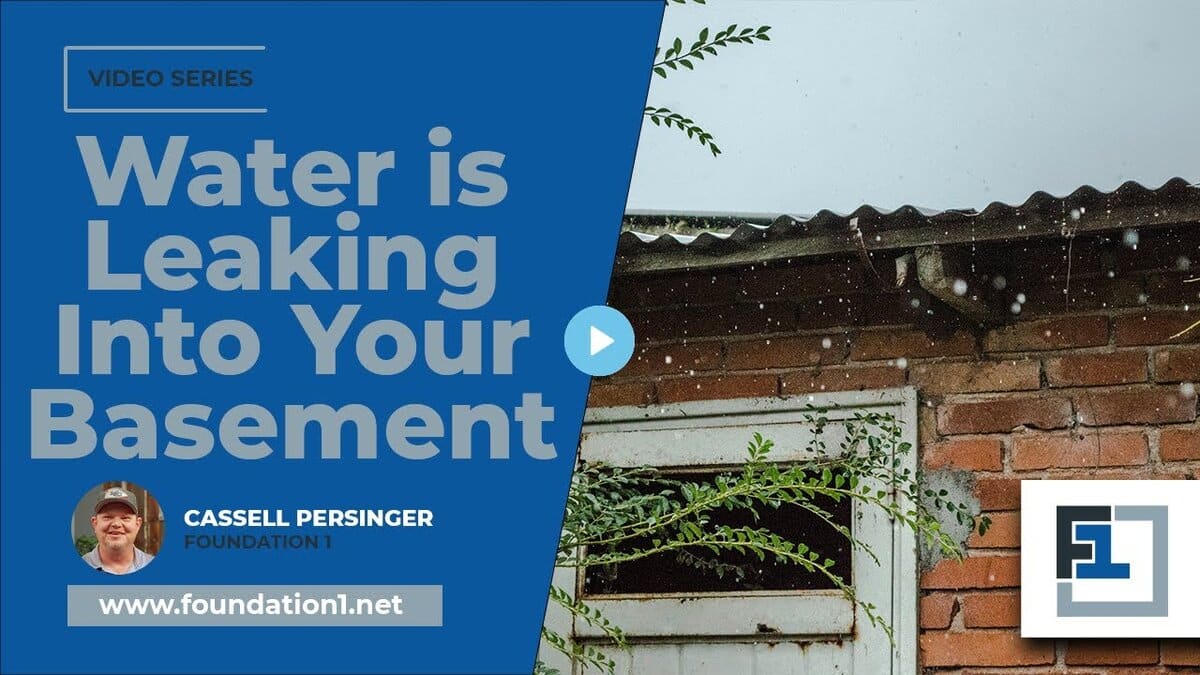Sagging floors are a serious concern for homeowners, particularly in older homes where the effects of time and wear are more pronounced. This issue goes beyond mere appearances; it can indicate significant structural problems that, if not addressed, could lead to dangerous situations. Understanding the causes, recognizing the signs, and knowing the right solutions are critical to maintaining the safety and stability of your home. Let’s explore what you need to know to tackle this problem effectively.
Identifying the Problem
As homeowners, we become familiar with the usual sights, sounds, and sensations of our living spaces. However, when something feels off, it’s crucial to recognize the changes. A sagging floor isn’t just an aesthetic issue; it’s a structural problem that requires immediate attention.
Sponginess is one of the first signs that something may be wrong. If your hardwood floor suddenly feels soft, almost like you’re walking on a padded carpet, this indicates that the underlying support might be compromised. Additionally, new creaks and squeaks in areas where they didn’t exist before are telltale signs of trouble. If you notice floorboards separating or dipping in certain areas, it’s time to take a closer look.
Homeowners often have the best perspective on what’s normal in their homes. You know the usual sounds and sights, so if something changes—like hearing new noises or feeling a difference underfoot—it’s a sign that something could be wrong. It’s always better to err on the side of caution and investigate any new developments.
Signs of Sagging Floors
If you suspect your floors might be sagging, there are several specific signs to watch for:
- Sponginess: As mentioned, if your floors feel soft or bouncy underfoot, this is a major red flag.
- New Squeaks and Creaks: While some noise is expected in older homes, new or increased creaking is a sign of shifting or weakened floor joists.
- Gaps Between Floorboards: If your hardwood floorboards are starting to separate, this could be due to the underlying structure sagging.
- Visible Dips or Sags: If you notice any areas of the floor that are visibly lower than others, this could indicate a serious structural issue.
- Cracked Walls or Ceilings: In some cases, sagging floors can lead to cracks in the walls or ceiling as the house shifts.
Strengthening Floor Joists
One of the most effective ways to address sagging floors is by strengthening the floor joists. This process, known as sistering, involves placing a new joist alongside the existing one and securing them together. This reinforcement can provide much-needed support to your floor, especially in older homes where the original joists may have weakened over time.
In many cases, you may also notice a maze of support posts under the floor, particularly in the basement. These posts are often added as a temporary fix but can become problematic if left as a permanent solution. Properly reinforcing the floor joists is a more reliable and long-term solution.
Temporary vs. Permanent Solutions
It’s not uncommon for homeowners to encounter temporary solutions that were intended to be short-term fixes but were never properly addressed. For example, a temporary post might be placed under a sagging floor joist, and over time, it becomes a “permanent” fixture. The issue arises when this so-called permanent post eventually fails, leading to a collapse.
If your home has a stone or cinder block foundation, temporary fixes like these are often seen. Unfortunately, these quick fixes can become dangerous if the temporary solution fails because it was never meant to last. The key is to ensure that any temporary support is replaced with a permanent, properly engineered solution that won’t fail over time.
When dealing with sagging floors, it’s critical to do the job right the first time. Temporary solutions can offer immediate relief, but they are not a substitute for proper, permanent fixes. Installing proper supports, sistering joists, and ensuring that any foundation issues are addressed correctly is the best way to avoid repeated problems down the line.
Importance of Correct Solutions
At the end of the day, addressing sagging floors requires more than just a quick fix. The importance of correct solutions cannot be overstated. Doing it right the first time not only saves you time and money but also ensures the safety of your home. We’ve all heard the saying, “Do it right once, and you don’t have to do it twice.” This is especially true when it comes to structural repairs in your home.
Whether it’s reinforcing joists, replacing inadequate supports, or addressing foundation issues, taking the time to properly fix sagging floors is crucial. After all, it’s not just about aesthetics—it’s about the safety and stability of your entire home.
In Summary
Sagging floors are a serious issue that should not be ignored. They can indeed collapse if left unaddressed, leading to costly repairs and potentially dangerous situations. If you notice any signs of sagging floors, such as sponginess, new squeaks, or visible dips, it’s important to act quickly. Strengthening floor joists and addressing any foundation issues with permanent solutions is the best way to protect your home.
If you’re unsure about the condition of your floors, don’t hesitate to contact us for a professional evaluation.




